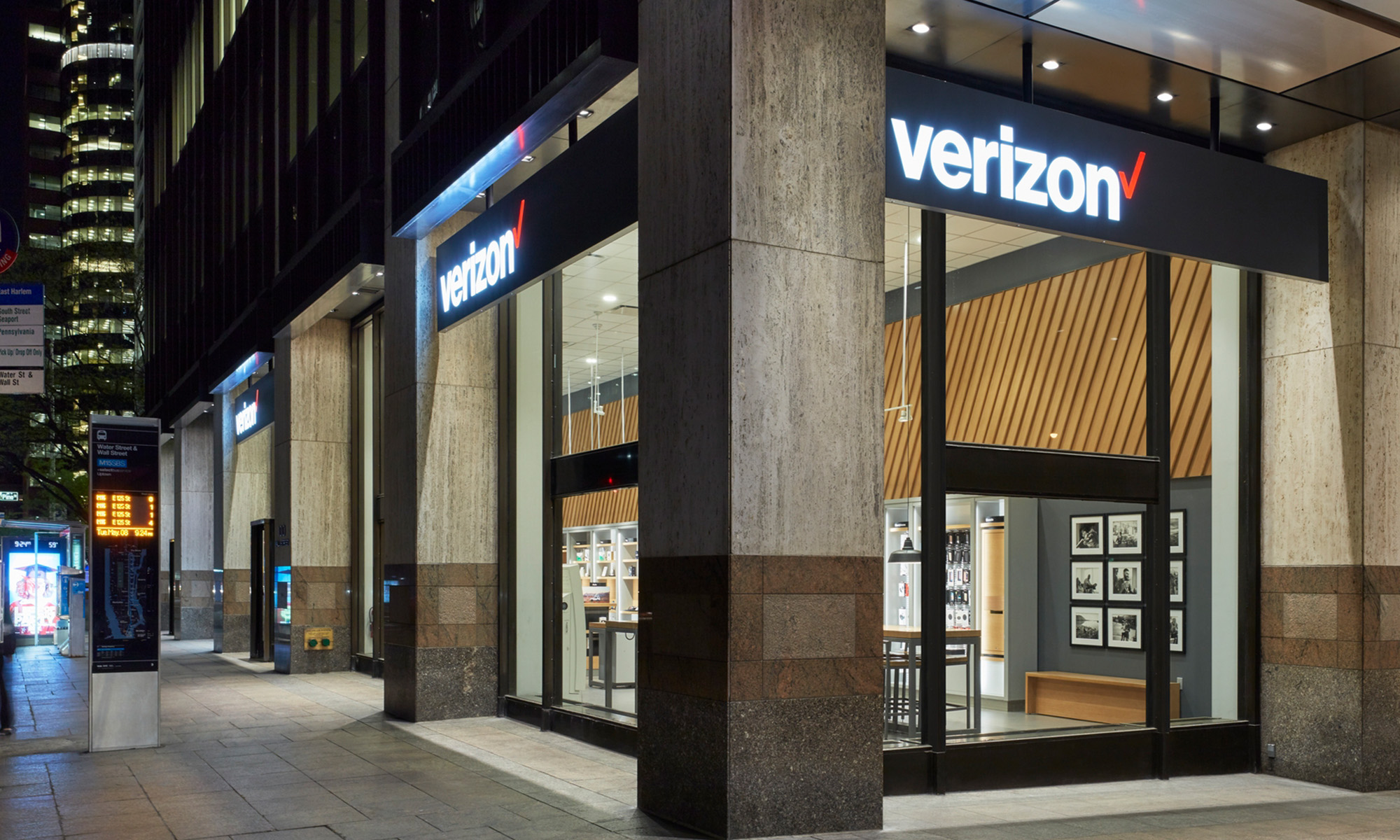Verizon (VZ 2.08%) kicked off 2020 on a ho-hum note, reporting a not-unusual 50,000 net decline in postpaid net subscribers during the first quarter. Adjusted earnings per share increased 5% from a year ago, but the company updated its full-year forecast for adjusted earnings to be down 2% to up 2% compared with 2019 (previously forecast to be up 2% to 4%) -- thanks to uncertainty created by the COVID-19 pandemic and economic lockdown.
The mobility growth story from the emergence of the smartphone over a decade ago is long gone, but Verizon's network is proving to be a basic staple among customers during the current recession. Q1 2020 wasn't perfect, but it was good enough, and next-gen 5G mobile networks should provide enough of a bump in the coming years to keep Verizon in the lead -- both in terms of its network's technological advantage and in dividend reliability.

Image source: Verizon.
New announcements to increase its 5G lead
When it comes to a network's performance, there are a lot of factors at play. Fast download speeds tend to dominate the headlines, and in this regard Verizon shines. Whether it's the current 4G LTE network standard or its new but still limited 5G coverage, America's largest telecom provider beats out the competition. In fact, based on recent studies from RootMetrics, Verizon's 4G LTE is faster on average than AT&T's (T 1.85%) and T-Mobile's (TMUS 3.97%) 5G networks.
But fast downloads are only half the equation. Upload speed is just as important as download speed. The experience while consuming content on the internet (like streaming a movie) is dictated by download performance. But for a consumer who needs to post a video to a social network, back up work data to the cloud, play multiplayer video games online, or video conference with friends or co-workers, the upload speed of a network is key.
Up to this point, the first iteration of 5G mobile has been focused on downloads, but Verizon is first to the punch rolling out 5G upload capability. Concurrently announcing its 35th city -- San Diego -- with true millimeter wave (mmWave) delivered 5G that rivals the speeds of fiber optic cable, the company said 5G uploads that will be on average 30% faster than its 4G LTE network were now available.
Of course, the trade-off with Verizon's 5G, the fastest iteration of the technology around, is that the mmWave signal doesn't travel nearly as far as the slower 5G other mobile operators have been deploying. Verizon 5G coverage is very limited, and it's going to be a long roadmap for widespread rollout. However, the company has steadily added to its list of partner hardware technologists (a list that includes Qualcomm) to help boost the range of mmWave signals within homes, public spaces, and commercial buildings. But what Verizon lacks in range it makes up in performance, and 5G-level upload speed adds to its lead in this department.
5G may not reignite growth, but...
5G mobile networks will be an exciting feature for consumers in the decade ahead, but 5G is unlikely to resurrect the days of high growth -- at least for Verizon and its fellow mobile network operators. The best place to invest in 5G growth lies on the hardware side of the network deployment rather than service providers.
However, 5G is still important for Verizon. Continuing to improve its performance will be key to holding onto the consumers it has, as consumer mobility is now a mature industry. New additional subscribers will increasingly come at the expense of its rivals rather than from individuals new to smartphones. However, 5G -- and particularly that delivered via mmWave -- opens up lots of new opportunities. If Verizon can boost its coverage, its brand of 5G could be a real competitor with legacy internet service providers, giving internet users at home another option.
The bigger opportunity, though, lies in the business world. Part of Verizon's 5G deployment includes the backend improvement of its core network infrastructure. Part of those upgrades include upgrading data centers and running optical lines to businesses -- from commercial buildings to manufacturing facilities -- which then get converted into 5G signal. These 5G business deals are a new use case for mobile networks, but Verizon has already been testing deployment with partners. One such example is Corning, which is using Verizon 5G to help it operate a manufacturing plant. 5G deployed at a network edge, like via Amazon's cloud computing segment Amazon Web Service, also opens up new uses for mobility at the business level.
Much of this new iteration of mobility will hinge on the continual improvement of the hardware that makes mmWave possible, but Verizon making it available to businesses should be the real driver of small but incremental revenue growth in the years ahead. That will be key to the company keeping its status as a stalwart dividend stock -- the payment of which currently yields 4.5% a year.
Adding 5G upload speed to its network isn't a game-changer for the business overall, but it does keep Verizon well ahead of the pack when it comes to network performance -- a long-term advantage it has over its peers.








